Although gear isn’t even close to the most important part of photography, it’s still important. And choosing the best camera for your particular needs can be a daunting task – which is why I often get new gear to bang around with and it’s also why I associate with smart gear guys like my pal Sohail. In this review, Sohail puts the new Nikon 7100 through its paces in a way that I haven’t got the patience for…the details, with side by side photo / setting comparo’s and the like. Me? I just shoot the thing and feel it, take a peek at the files. But Sohail goes deep. So sit forward and read the good word below. Feel free to holler with questions – we’ll pick em up as best we can. Take it away Sohail…
__
Introduction
Thanks Chase. Nikon’s D7100 has been an eagerly-awaited-upon update to the enormously popular D7000 (remember back when Chase launched that camera for Nikon with this bts video + campaign + blog post…). Now crowned as the flagship of Nikon’s DX-format lineup, the D7100 brings some pretty cool features to an already solid camera — though what it leaves out may disappoint those users waiting for a D300s replacement.
About the update
Like its little siblings the D5200 and the D3200, the D7100 boasts a 24MP sensor. Unlike pretty much all of Nikon’s cameras (the D800E is an exception), it does away with the Optical Low-Pass Filter (OLPF) that is present on the vast majority of DSLRs. That filter, which is designed to reduce moiré in digital images, softens the image up a bit in the process. Leaving it out means that the camera can now resolve more per-pixel detail, though images can be a bit noisier at higher ISOs.
Autofocus has also been improved in this update. We go from 39 AF points with nine cross-type sensors to 51 points, 15 of which have cross-type sensors. One nice surprise is that the center AF point will autofocus at up to f/8, which means that you can now use a 2x teleconverter with an f/4 lens and still autofocus.
There’s plenty more. Liveview now has two modes for still and video, and the dedicated movie record button has been moved to the top of the camera, near the shutter. The LCD is of a higher resolution, and there’s a stereo microphone built into the camera. Other features include: a new 1.3x crop mode that creates small (about 15MP) files and bumps the max framerate from 6 to 7 frames per second, exposure bracketing is now increased from 3 frames to 5, and the camera is a hair lighter overall.
Initial impressions
While the D7100 is lighter than the D7000, it actually feels more dense. The handgrip feels more rounded and less angular, giving my fingers a more comfortable grip on the body. The shutter button is angled a bit more, letting your index finger lie very comfortably on it.
On the back, the 8-way rocker switch has been moved higher, which adds to the ergonomics of the camera. It’s much more comfortable to move that focus point around now. The AE-L/AF-L button doesn’t get recessed when you push it — which seems like a small thing, but when you use it for back-button-focus like I do, it’s not such a small deal anymore.
The fine detail tweaking on the D7100 makes it a much more comfortable camera to use, especially for longer periods of time. Nikon seems to have put some more serious thought into this body, and the fit/finish feels more high-end to me than the D7000.
In the Field
Here’s where I was both disappointed and delighted in somewhat equal measures. When Nikon crowned the D7100 the “flagship” of the DX-format line, there was a contingent who hoped that it would be a replacement for Nikon’s previous flagship crop-sensor body, the D300s, a model that’s pretty long in the tooth.
Wildlife shooters, for example, would love to have an APS-C sensor body that will shoot up to 8 frames per second, as the D300s does, but with an updated sensor and processing engine. Canon users have the 7D, which brought them a weather-sealed, fast frame rate body, but Nikonians have been without an update to their equivalent for some time now, even as Canon allegedly prepares an update to the 7D.
Well, those Nikon fans are going to have to wait just a bit longer. While the D7100 does improve on the D7000 in many ways, it isn’t a replacement for the D300s, at least not in the area of frame rates for fast-action photography. Those eying the 7D on the Canon side still don’t have a fast-action camera with a decent buffer they can get on this side of the aisle, at least not until you hit the D4 range. Nikon really needs a camera that delivers for wildlife and sports shooters that doesn’t cost $6000.
True, 6 fps isn’t something to shake a stick at, but the problem factor here is the buffer. As you can see in Nikon’s specs, shooting at RAW, you get exactly 7 frames in the 12-bit lossless compressed format. That’s about a 1-second burst. Not exactly ideal when you’re trying to capture, say, birds in flight.
Dropping down to JPEG improves things a lot, as you get a 33-shot buffer in this mode. Drop it down to JPEG Normal mode and you get 100 shots in that buffer. But compare this to the 7D, the Canon body that the D7100 goes up against, and you have a 25-shot buffer for RAW images at an 8 frame-per-second burst. I’m not sure why the D7100 dropped the ball a bit on the buffer, but there it is.
Still, I wanted to shoot some fast action with the D7100 to give its autofocus a workout. I chose the new 80–400mm f/4.5–5.6 II lens for this test, and fortunately managed to secure one from my buddies at BorrowLenses.com (it’s back-ordered already, and with good reason). I dropped the file quality down to JPEG, and went off to shoot.
Shooting fast action
Let me say this pretty definitively now. Here’s the part of the D7100 that absolutely delighted me: it just plain rocks in the AF department. Shooting with a tight cluster of 9 AF points around the center, I was nailing focus far more than I ever did with the D7000. In fact, short of the D4, I don’t know if there’s a current Nikon out there with a better AF system.
Take the image below; these little blackbirds are ridiculously quick, and getting one in focus is, well, not easy, to say the least. It’s not a great picture, but for me it’s something of a minor miracle, as I’ve rarely gotten a shot of them in flight.
The other pleasant surprise was the D7100’s metering system. I usually set my camera to manual mode, then fire away, chimping every few minutes to monitor light changes. This time around, as a test, I set the camera to shutter-priority mode, set it to 1/2000 (or, occasionally, 1/1600 to compensate a bit for shadows), and enabled auto-ISO on the D7100.
To my great delight, the 2016-pixel RGB sensor that the D7100 inherited from its predecessor, combined with whatever else Nikon has baked into this new body, metered the situation very, very well, adjusting aperture and ISO as needed. In fact, in the cases where I did see clipping, it was minimal, and often restricted to highlights, as you can see below.
Detail was another area in which I was very pleased with the D7100. Remember, Nikon has chosen to leave out the OLPF filter, which means that images from this new body are going to be a bit sharper than a camera with the same sensor. In-camera, with the “Landscape” picture style set, the results, as you can see below, were extremely good for a camera in this price range.
All in all? While it’s not exactly D4-style sharp, it’s not bad at all. Given a RAW file, I’d have teased out some more detail and sharpened it selectively — another reason I missed having a larger buffer.
Shooting nightscapes at high ISO
Everyone wants to know how the newest camera does at high ISO. Here’s your answer: Not bad, but not great.
Starting at ISO 800, the noise starts to reveal itself. The file is still pretty clear, however, and needs but the slightest of noise removal in Lightroom or Aperture.
At ISO 1600, it’s pretty apparent, though the images are still usable. There’s some smearing in the shadows, but it’s there only if you pixel-peep at 100%. Noise reduction in your software of choice will get rid of it.
At 3200, it’s not that much worse, surprisingly. Compared to the D7000, there’s less color noise, more luminance noise. What’s apparent, as well, is the the D7100 is holding on to a greater dynamic range at that ISO, while the D7000 is showing just a hair more sharpness in some areas (but not in all).
By ISO 6400, the noise in the file is obvious and pretty bad, and applying noise reduction tends to blur the image noticeably. Nikon has nonetheless done a great job of controlling color noise, and most of the noise is luminance-based. Compared to the D7000, the dynamic range at ISO 6400 is still better in the D7100, and the RAW file holds up pretty well in post. The images below are DNGs in Lighroom.
If you’re wondering why the D7000 controls noise slightly better than the D7100, the culprit can likely be found in that OLPF — or rather, the lack thereof. Without it, images are naturally more noisy.
But if you look past the pixel-peeping, the fact is that the D7100 (and its predecessor) are incredible machines at high ISOs for the price. Is it D4-good? No. But it’s also a fifth of the cost of a D4. For what you’re paying, you’re getting an awfully good machine.
Portraits and Skin Tones
Okay, this is where I admit to making a goofball of a mistake. I shot portraits of my friend Ben right after shooting birds in the wetlands around San Francisco. If you recall, I’d set the camera to shoot JPEG for that… and that’s where I left it. Accidentally.
Yes, you may now proceed to call me a moron. It is well-deserved.
Yet the JPEG files from this shoot actually held up pretty well through Lightroom and Photoshop edits. The image below is the JPEG output from a TIFF file that Photoshop created from the original JPEG file exported to it with edits from Lightroom.
Yeah, my head hurts thinking of that too. But it worked. The original out-of-camera JPEG is on the left.
Now, this may be old news to you JPEG shooters out there, but for someone who’s been shooting RAW for the majority of his digital photography career, I didn’t think you could get away with this kind of torture on a JPEG. It’s a bit amazing how much we tend to depend on RAW without giving JPEG a chance.
For those of you interested in seeing an un-tortured file from a RAW image, with no camera/Lightroom/Photoshop interference, the image below, taken of my friend Courtney, is straight-out-of-camera RAW, exported from Lightroom with the 2012 process and Adobe Standard profile.
I have no complaints about the images — RAW or JPEG — coming out of the D7100 when it comes to portraiture. The white balance was set to Auto for this shot, and the lighting was two Profoto 2X3’ softboxes, with Elinchrom Ranger Quadras shooting through them. The D7100 rendered gorgeous skin tone and color, with just outstanding detail, even at 200% (below).
Conclusion
The D7100 is not the camera all Nikonians were hoping for. I wanted faster frame rates and a bigger buffer. I’m sure there are many who wanted more megapixels, or fewer. We all have our notions of what the next camera from Nikon/Canon/Sony/Olympus/Fuji/Pentax/whatever should have.
I do think Nikon needs a solid competitor to Canon’s 7D, and the D7100 isn’t it. But if you put that notion aside, and look at the D7100 on its own merits, what you have is an absolutely outstanding camera that’s just packed with bang for your buck. At $1299, this isn’t a body that can be called underpowered or anemic in any way. Rather, it’s an extremely capable and well-rounded body that will be a worthy upgrade to anyone using a current Nikon DX-format DSLR — including D7000 owners. The additional resolution, the lack of an OLPF, the great detail and color, autofocus, and metering all combine to make this worth every penny of the $1299 it costs, and then some.
For what it’s worth, I would have no hesitation using the D7100 as a secondary body to my D800E.
—
Gear provided by BorrowLenses.com – where still photographers and videographers can rent virtually everything.


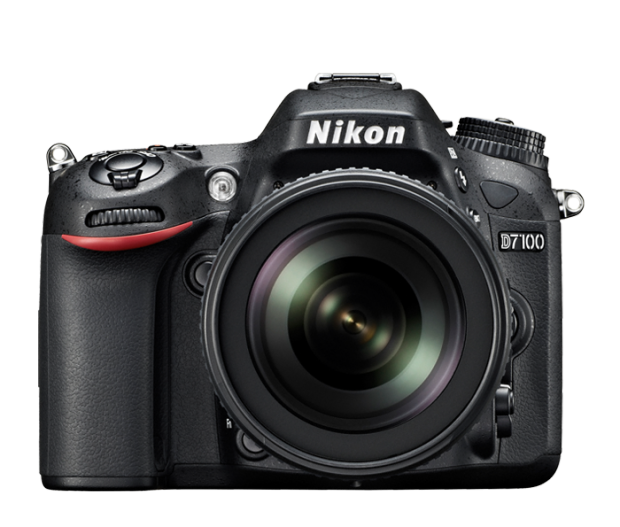
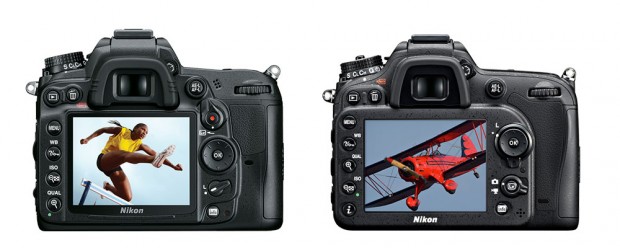
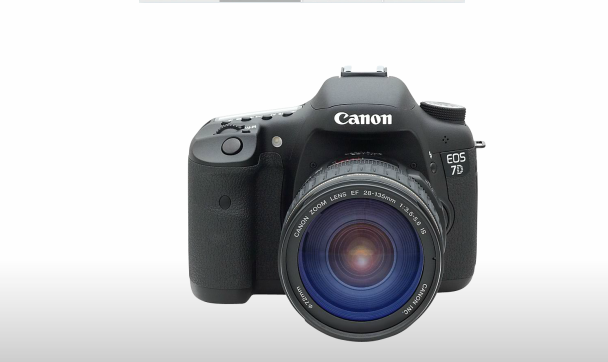
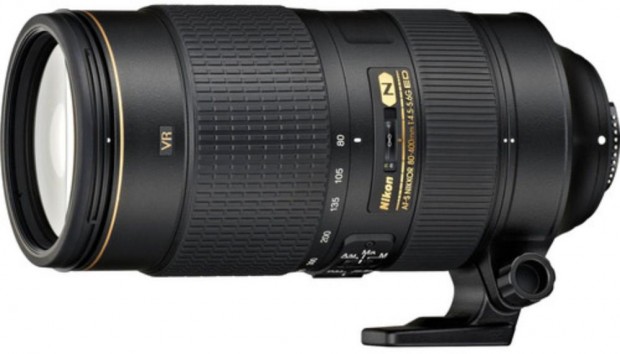
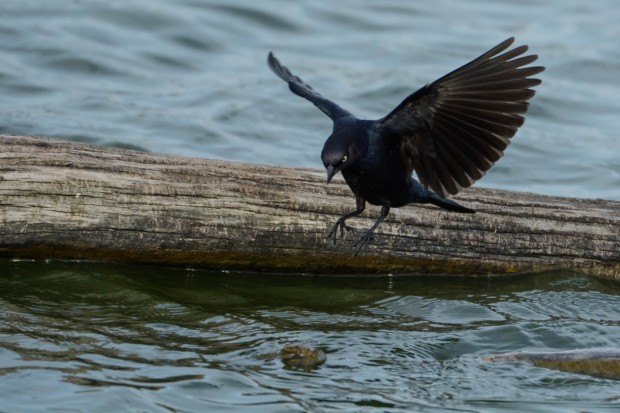
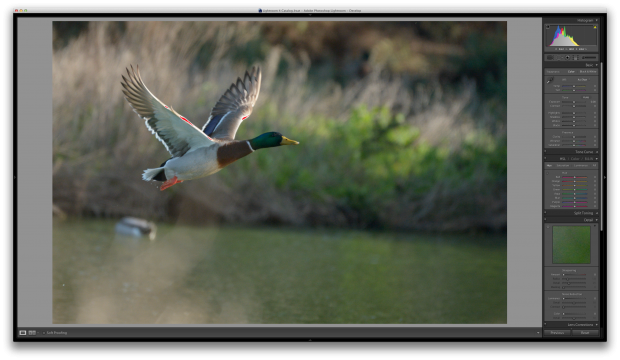
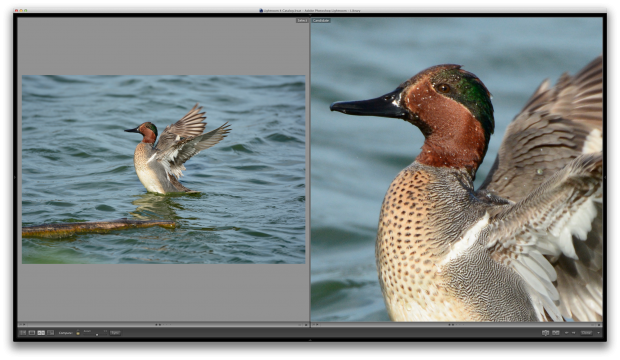
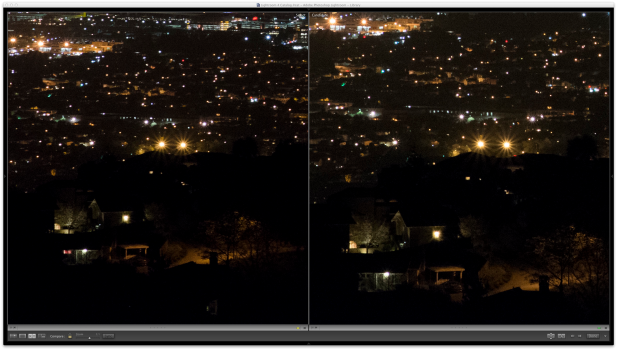

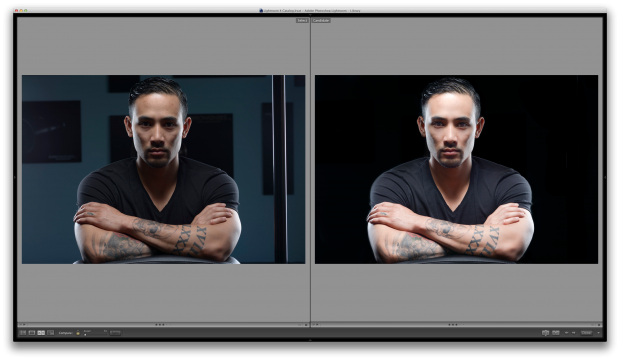
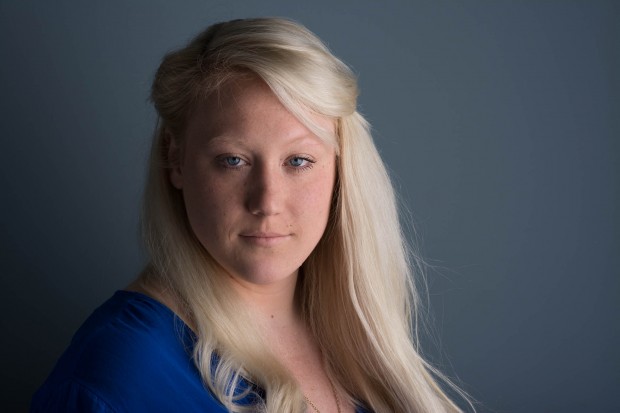
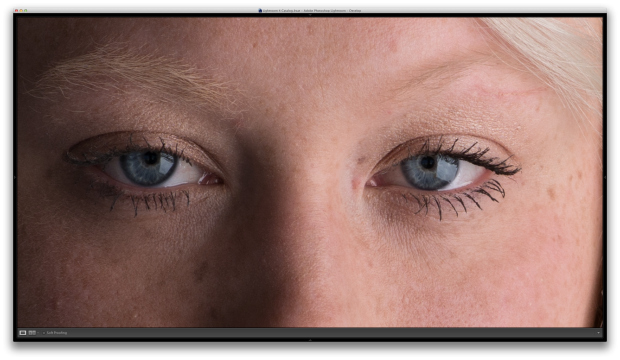






Attractive component to content. I simply stumbled upon your blog and in accession capital to claim that I get actually loved account your blog posts. Anyway I’ll be subscribing in your augment or even I achievement you access consistently rapidly.
Aw, this was a really nice post. In thought I want to put in writing like this moreover – taking time and precise effort to make a very good article… but what can I say… I procrastinate alot and in no way appear to get something done.
There is perceptibly a lot to identify about this. I believe you made certain nice points in features also.
Good post. I be taught one thing more challenging on totally different blogs everyday. It will at all times be stimulating to read content material from different writers and follow just a little one thing from their store. I’d choose to make use of some with the content material on my weblog whether you don’t mind. Natually I’ll give you a link in your net blog. Thanks for sharing.
Spot on with this write-up, I really suppose this website needs much more consideration. I’ll probably be once more to read much more, thanks for that info.